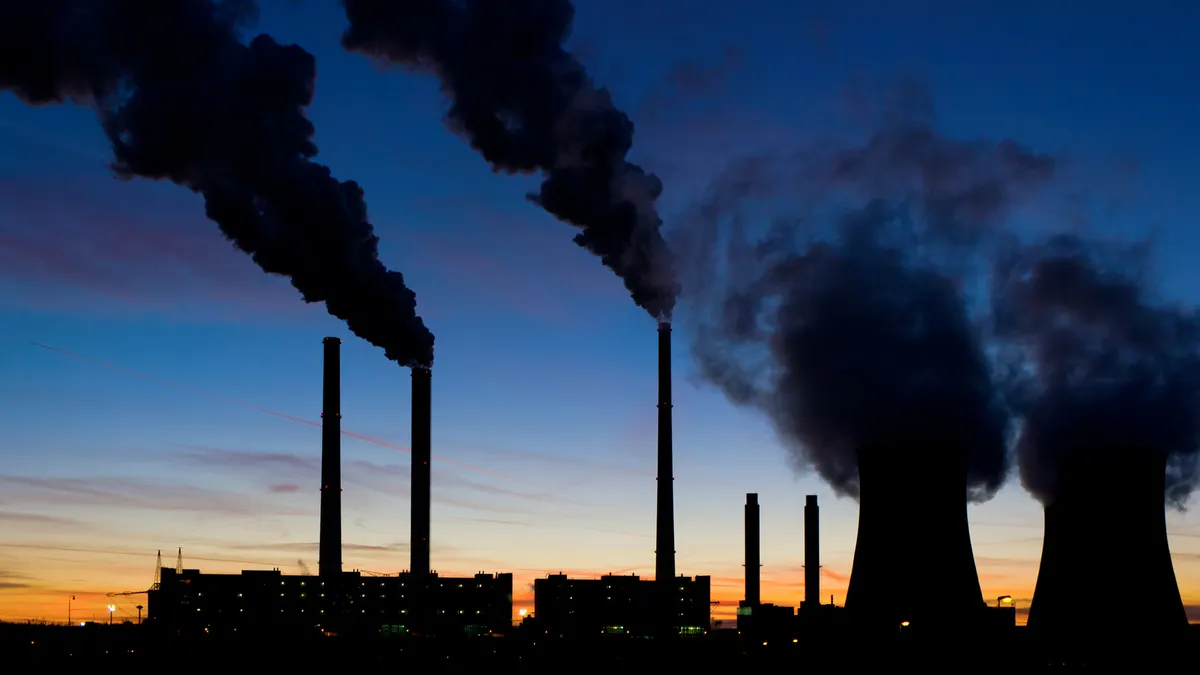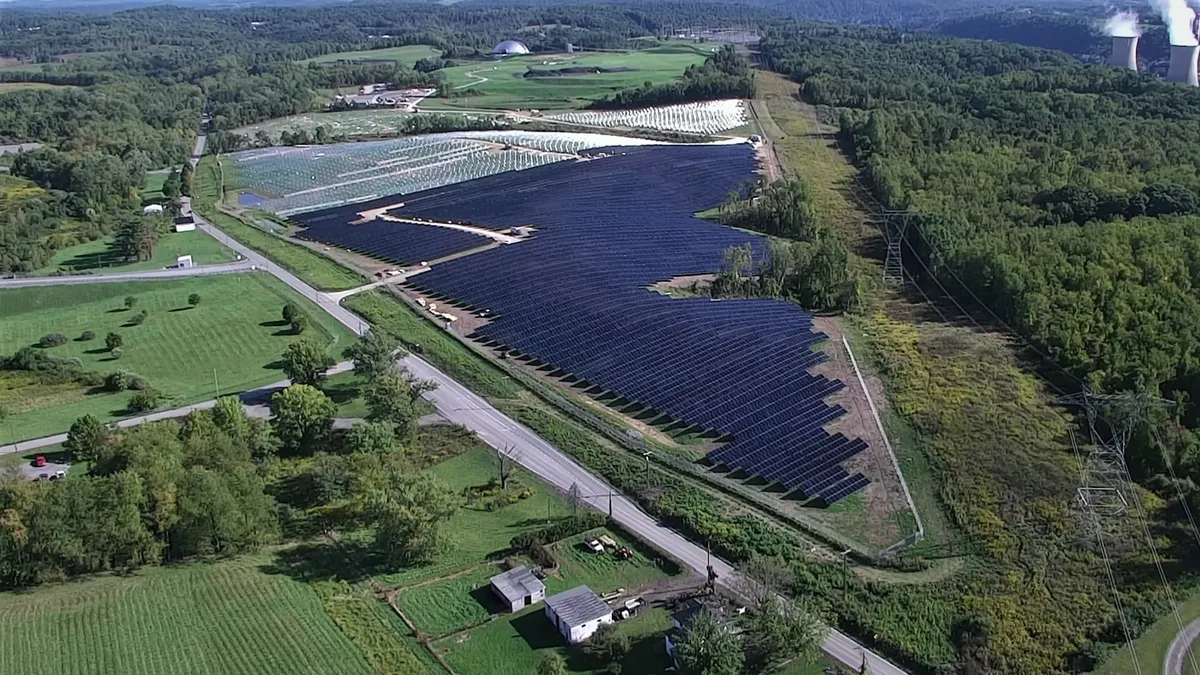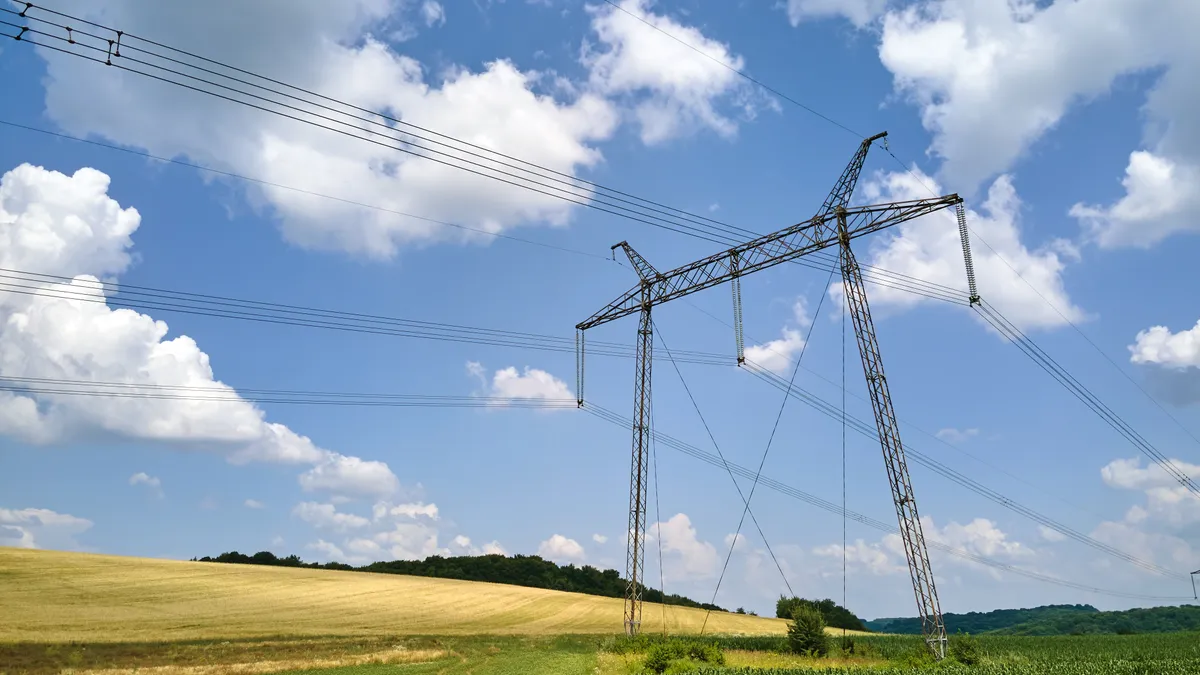Dive Brief:
- Coal generation in the Southwest Power Pool has declined more than 10 percentage points over the last two years, declining to 52.1% of region's power supply from 62.7% in 2013, the grid operator said in a fall market report.
- The decline in coal was made up for by a mix of fuels, with wind generation adding 3.7%, combined-cycle gas 3.3%, and nuclear 3.4%. Hydro generation rose about 2% as well, SPP said, largely because of the additional gained with the addition of the Integrated System.
- Single-cycle gas plants saw their production decline by 2% over the two-year period, RTO Insider reports.
Dive Insight:
Generation in the Southwest Power Pool is becoming more efficient and clean, and it's being helped along by gas prices which have remained low all year. The grid operator said in a market report released in December that natural gas at the Panhandle Hub averaged $2/MMBtu in November, and the average seasonal cost was about $2.25/MMBtu. In Fall 2014, gas prices averaged $3.76/MMBtu.
SPP has also brought on more hydro resources through the addition of the Integrated System, which joined in October. Consisting of Western Area Power Administration Upper Great Plains Region, Basin Electric Power Cooperative and Heartland Consumers Power District, the power companies brought about 5,000 MW of peak demand and 7,600 MW of generating capacity to the system.
Addition of the Integrated System tripled SPP’s hydroelectric capacity, the operator said.
While coal still generates the majority of SPP's power, the shift over the last two years is a reflection of what has been going on at the national level. Three times last year, gas generation nationally exceeded coal's share – a first for the industry.
And low gas prices have allowed some generators to switch away from coal this winter, a practice usually reserved for shoulder season generation. Henry Hub gas prices, widely used as a national benchmark, traded at $2.21/MMBtu in December. At about the $2.50/MMBtu level is where the switch typically becomes economical.
But despite the declines, federal estimates have coal burn remaining largely steady in 2016 (and that's despite the United States shuttering a record number of facilities last year). The U.S. Energy Information Administration is predicting that from 2015 to 2016 coal consumption will fall from 773.4 MMst to 773.0 MMst.















